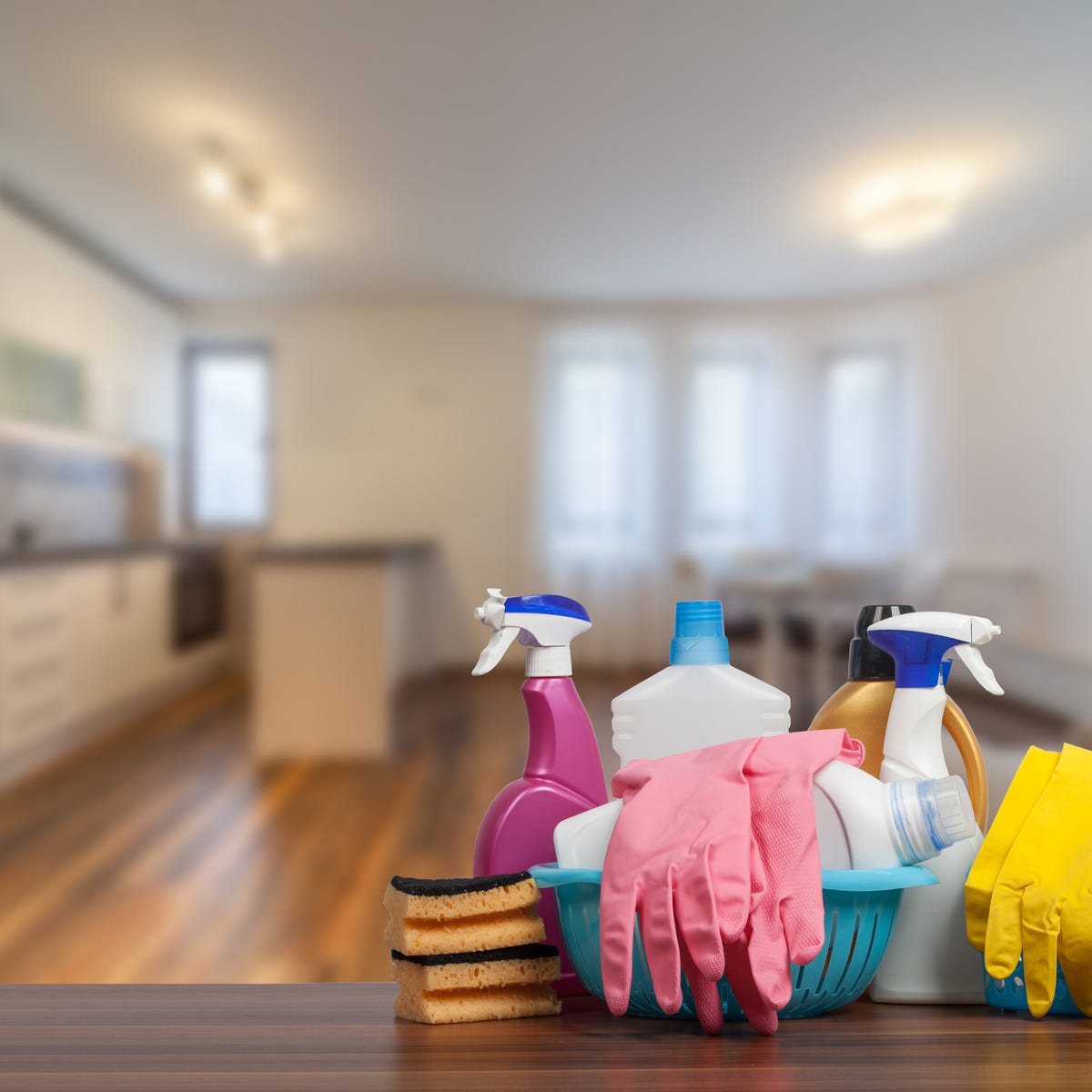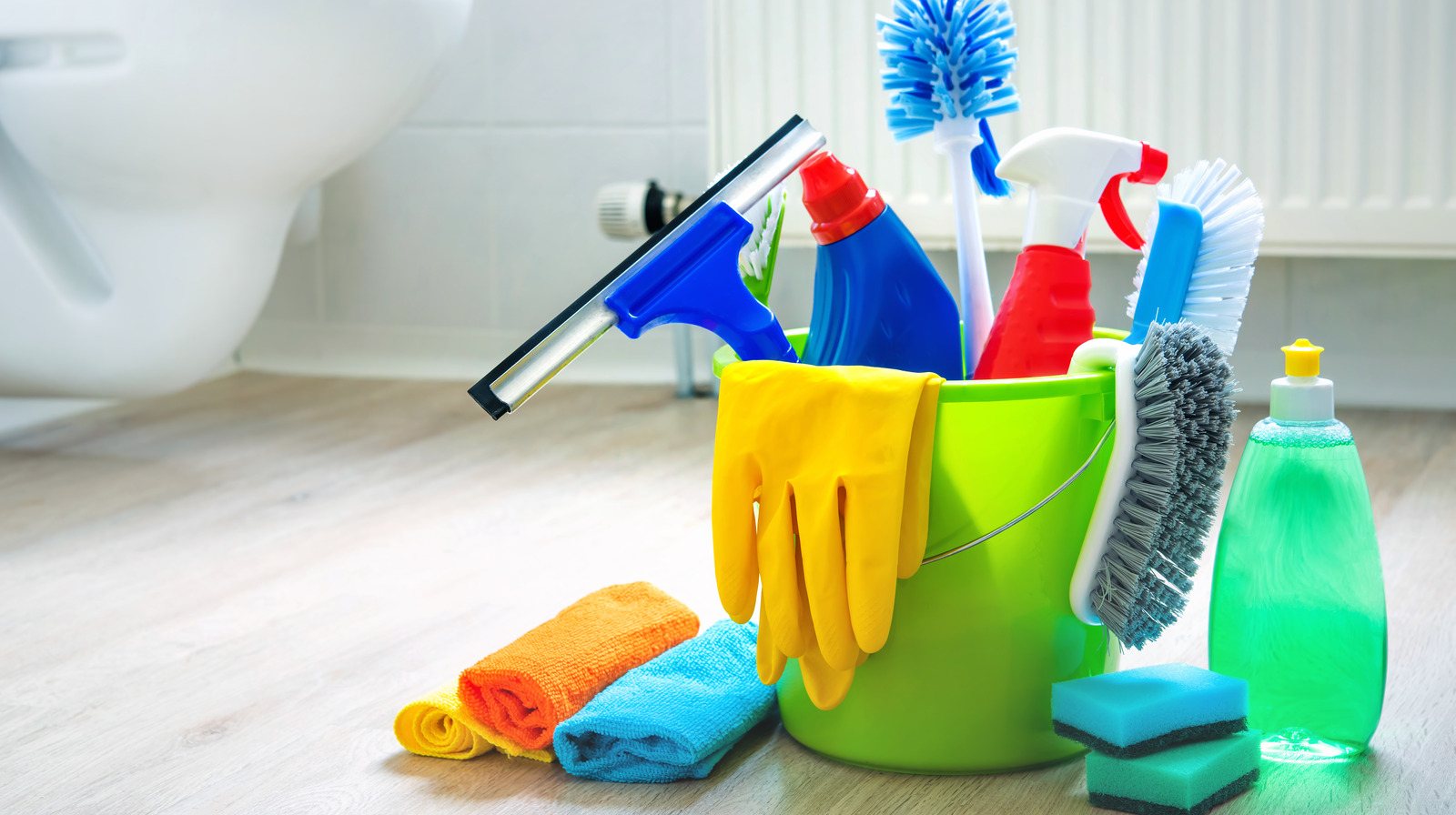The Best Tip to Everyday Cleaning: Exactly How to Scrub the Surfaces, Vacuum Carpets, and Clear Out Any Clutter
The Best Tip to Everyday Cleaning: Exactly How to Scrub the Surfaces, Vacuum Carpets, and Clear Out Any Clutter
Blog Article
Comprehending the Need for Completely Sanitizing and Sanitizing Frequently Touched Surfaces in High-Traffic Areas
In the realm of public health and safety, the precise sanitation and sanitization of regularly touched surface areas in high-traffic areas stand as vital procedures in stopping the spread of unsafe virus. The value of this technique expands far past plain cleanliness, delving into the world of illness prevention and community well-being. By discovering the different facets of surface sanitation, from the risks connected with ignoring cleaning protocols to the reliable techniques that can be employed, a more clear understanding emerges of the vital duty these methods play in safeguarding public health and wellness. As we navigate this conversation, it ends up being evident that the implications of thorough surface area disinfection resound not just within the boundaries of a certain environment yet additionally resonate on a wider range, influencing the wellness and security of people across diverse communal setups.
Value of Surface Area Sanitation
Stressing the detailed disinfection of high-traffic surfaces is important in preserving a sanitary environment and protecting against the spread of dangerous pathogens. High-touch surfaces such as door manages, light buttons, lift switches, and kitchen counters function as breeding premises for infections and microorganisms. Regular sanitation of these surface areas is important to lower the risk of contamination and transmission of illnesses.
By implementing a durable disinfection procedure, companies and organizations can produce a safer environment for visitors, customers, and staff members. Appropriate surface sanitation not just minimizes the spread of contagious diseases yet also infuses confidence in the sanitation and security of the facilities. This proactive strategy demonstrates a dedication to wellness and health, which is particularly vital in high-traffic areas where the chance of exposure to virus is increased.
Moreover, surface area disinfection plays a crucial function in general infection control strategies. Incorporated with hand hygiene methods, wearing masks, and keeping physical distancing, comprehensive sanitation of high-touch surfaces forms a detailed protection against the transmission of damaging bacteria. Focusing on surface area disinfection is a necessary element of an all natural approach to health and wellness in common rooms.
Risks of Overlooking Cleaning Practices
Neglecting complete sanitation of high-traffic surface areas significantly enhances the risk of bacterial and viral contamination, positioning a serious risk to the health and wellness of people frequenting these areas. Failure to carry out appropriate cleansing methods can lead to the accumulation and spread of hazardous pathogens, including bacteria and viruses, on often touched surface areas such as doorknobs, handrails, elevator switches, and counter tops.

Moreover, disregarding the relevance of detailed cleansing not just jeopardizes the health of individuals yet likewise threatens efforts to maintain a sanitary and tidy environment. It is critical to acknowledge the value of correct disinfection procedures in stopping the spread of infections and guarding public health.
Efficient Sanitation Techniques
To keep optimal tidiness and minimize the danger of contamination on high-traffic surfaces, employing effective disinfection techniques is important. Among one of the most effective and usual disinfection methods is using chemical disinfectants. These products can differ in toughness and make-up, with some targeting specific pathogens like germs or infections. It is important to comply with the maker's guidelines for appropriate dilution, contact time, and ventilation when using chemical disinfectants to guarantee their effectiveness - Scrub the Surfaces.
Another effective technique is the use of UV-C light. UV-C light has actually been revealed to be effective in killing a broad array of microorganisms by interrupting their DNA framework, hence stopping them from replicating. Nevertheless, it is necessary to make use of UV-C light appropriately, guaranteeing that the correct strength and exposure time are related to accomplish the wanted disinfection results.
Furthermore, using vapor cleansing as a sanitation approach can be very effective, especially on surfaces that are heat-resistant. Steam can permeate porous surface areas and kill bacteria, infections, and various other her latest blog microorganisms properly. When making use of heavy view it now steam cleansing, it is important to ensure that the surface gets to the required temperature for an adequate amount of time to guarantee correct disinfection.
Effect On Public Health
The upkeep of high criteria of tidiness and sanitation on high-traffic surface areas plays a critical function in securing public wellness. Regularly touched surface areas in areas with high tramp, such as doorknobs, hand rails, lift switches, and washroom centers, work as breeding premises for hazardous virus. Falling short to properly decontaminate these surfaces can cause the quick spread of infectious diseases within areas. By carrying out extensive disinfection methods, the risk of transmission of infections, germs, and other bacteria can be considerably lowered.
In high-traffic areas like airport terminals, institutions, health centers, and public transport systems, the effect of rigorous disinfection actions can not be downplayed. Focusing on the sanitization of regularly touched surface areas is an aggressive technique to promoting public wellness and improving the safety of people in common areas.
Executing Normal Cleansing Procedures
Without delay setting up and sticking to a regular routine of cleaning methods is vital for preserving the sanitation and safety and security of high-traffic surfaces. Routine cleaning protocols are essential in avoiding the accumulation of germs and virus on frequently touched surfaces, specifically in areas with high foot traffic. By carrying out a systematic approach to cleansing, companies can successfully minimize the risk of disease transmission and produce a healthier setting for employees, clients, and the public.
To develop an effective cleansing routine, it is important to determine high-traffic areas that require frequent focus. These locations might consist of doorknobs, handrails, elevator switches, restroom facilities, and shared devices. Carrying out a routine cleaning program that targets these surfaces several look at this web-site times a day can significantly minimize the spread of unsafe germs and viruses.
Additionally, using appropriate cleansing agents and disinfectants is crucial to guaranteeing that surfaces are extensively sanitized. Routine training of cleansing staff on proper cleaning techniques and the importance of adherence to the cleaning routine is additionally crucial in maintaining a sanitary atmosphere. By prioritizing constant cleansing methods, companies can advertise the wellness and well-being of people that communicate with these high-traffic surfaces.

Final Thought
In verdict, it is critical to prioritize detailed sanitation and sanitization of regularly touched surfaces in high-traffic locations to stop the spread of damaging pathogens and preserve public health. It is vital to identify the value of keeping clean surface areas in high-traffic locations to make certain the health of the community.
In the realm of public wellness and safety and security, the careful disinfection and sanitization of often touched surface areas in high-traffic locations stand as paramount procedures in avoiding the spread of dangerous virus. By checking out the various elements of surface area sanitation, from the threats connected with disregarding cleansing methods to the efficient techniques that can be employed, a more clear understanding arises of the crucial duty these techniques play in guarding public health.Furthermore, utilizing heavy steam cleansing as a disinfection technique can be extremely reliable, especially on surface areas that are heat-resistant. When using steam cleansing, it is essential to make sure that the surface area gets to the needed temperature for an enough quantity of time to guarantee correct sanitation.
In verdict, it is crucial to focus on comprehensive sanitation and sanitization of frequently touched surfaces in high-traffic locations to prevent the spread of harmful virus and maintain public wellness.
Report this page